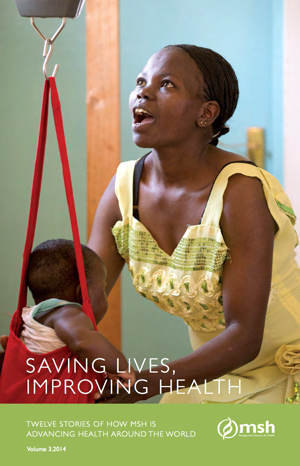Bringing Services to Hard-to-Reach Populations
Bringing Services to Hard-to-Reach Populations
Managers are increasingly focusing on bringing reproductive health services to hard to reach, underserved populations that are geographically, culturally, and economically isolated. By serving the reproductive health needs of these populations, managers will not only increase the use of family planning but also improve the health of mothers and increase child survival rates. In order to effectively plan and design services to reach these population groups, managers need the skills and systems to overcome important constraints and barriers to implementation.
This issue of The Manager helps the manager develop solutions to these problems and discusses the kinds of groups that are hard to reach, how to select a group to serve, and methods for determining the group’s reproductive health needs. Using several examples of how services have been provided to rural populations, migrants, adolescents, and people with HIV/AIDS, the issue describes successful, cost-effective strategies for reaching these groups and offers guidelines for managing the strategies and integrating them into current programs.
Please note that with this issue we have changed the name of The Family Planning Manager to simply, The Manager. This change is motivated by the growing acceptance of family planning as a part of the broader area of health services and by this publication’s growing emphasis on management concerns that go beyond family planning.

